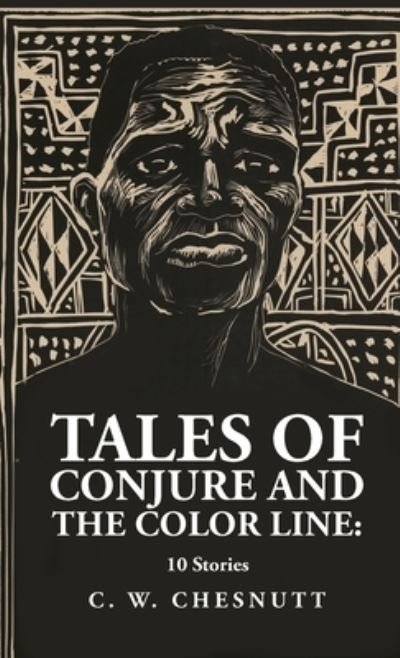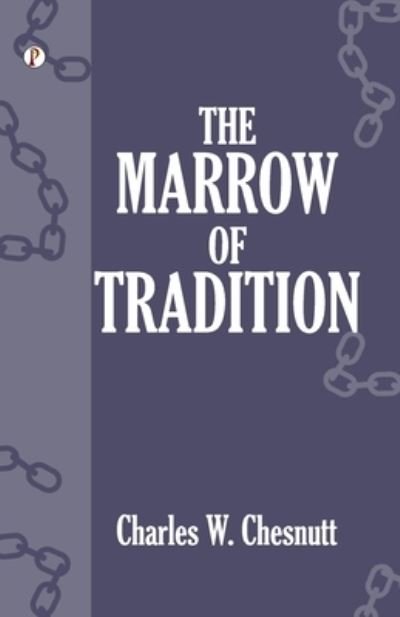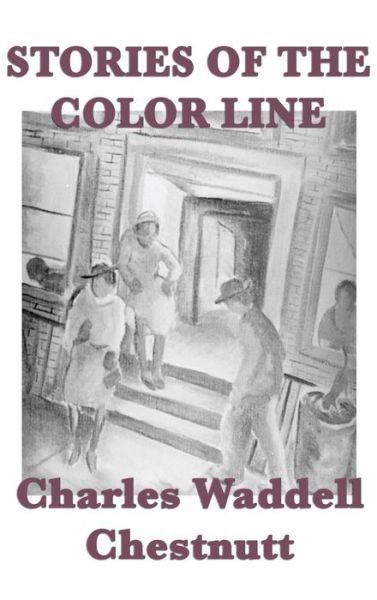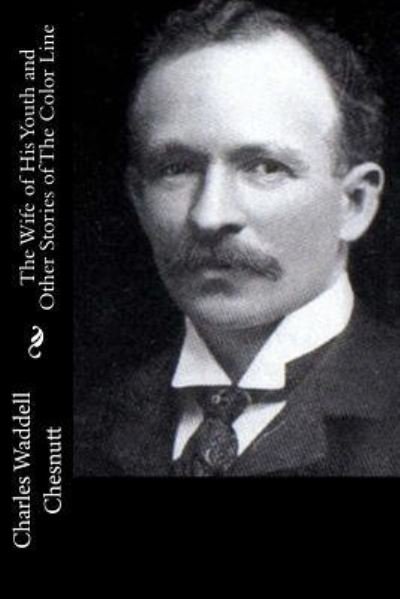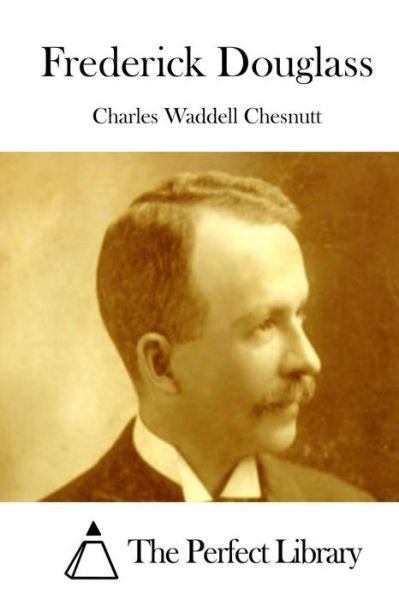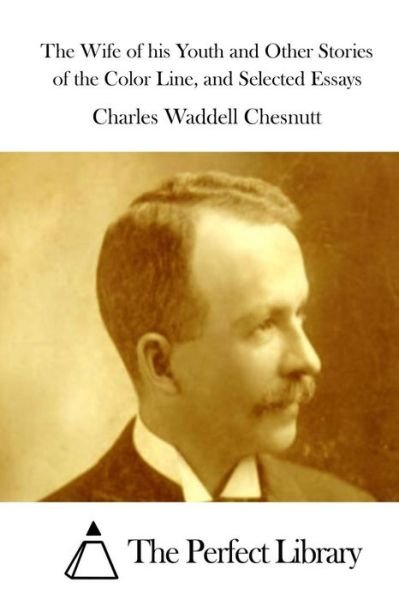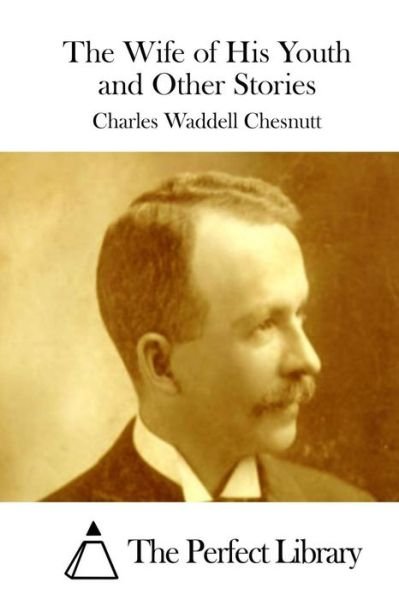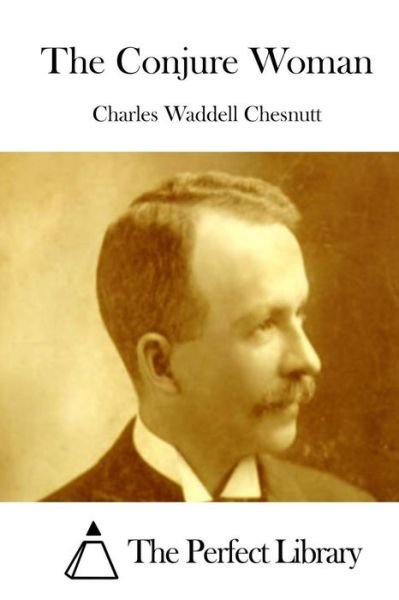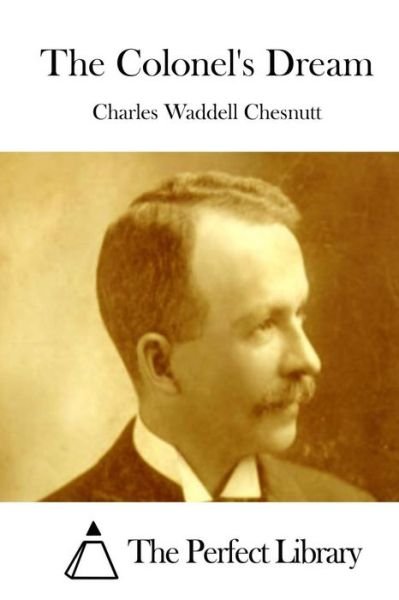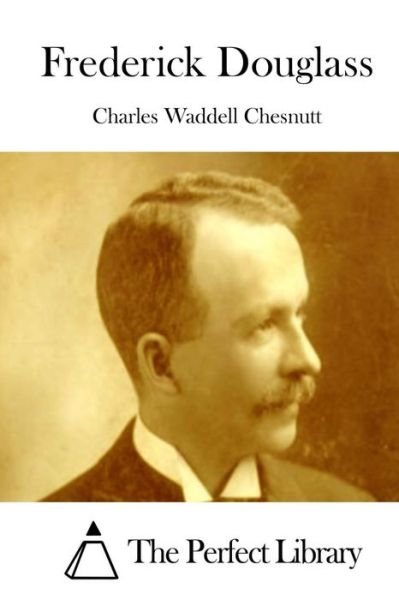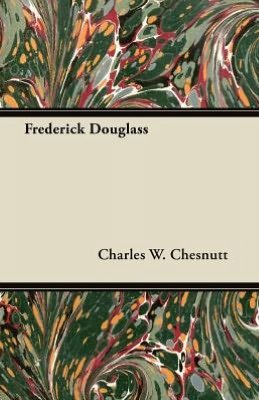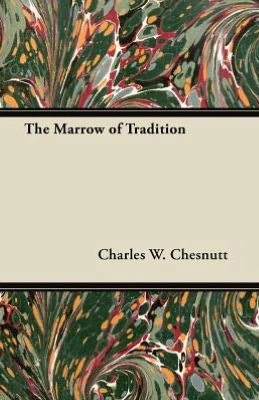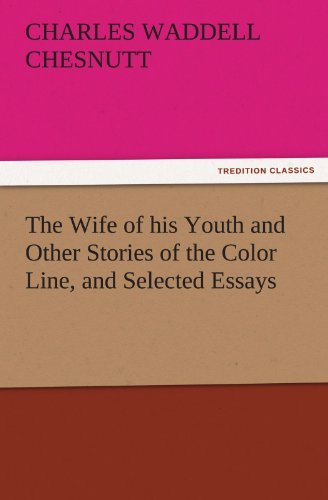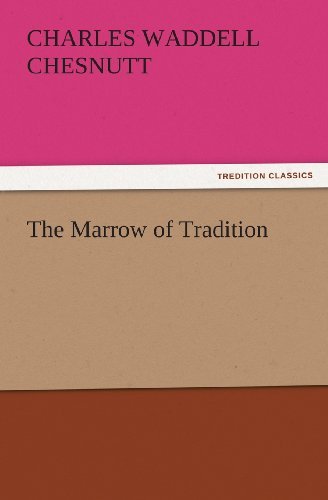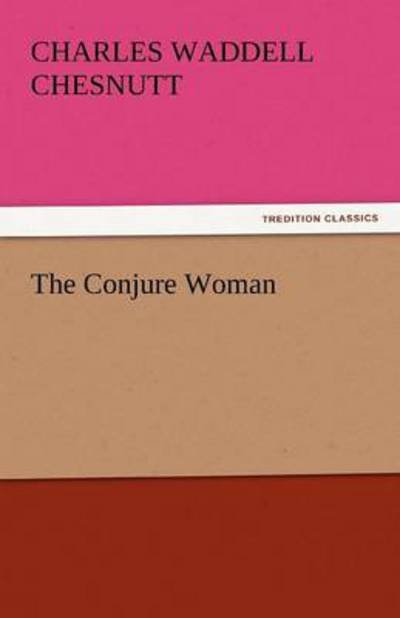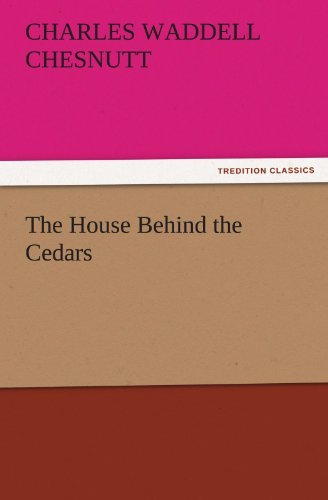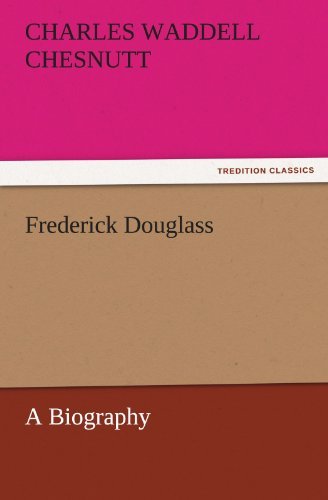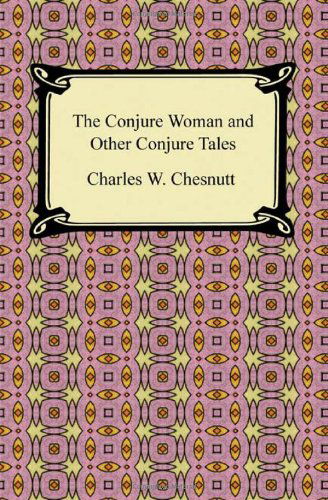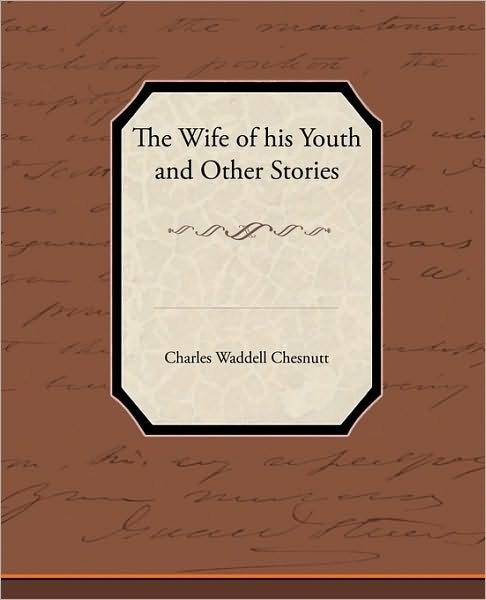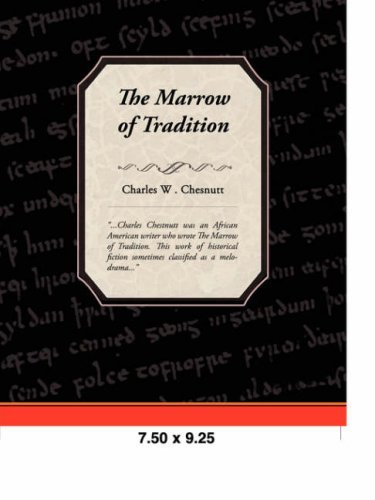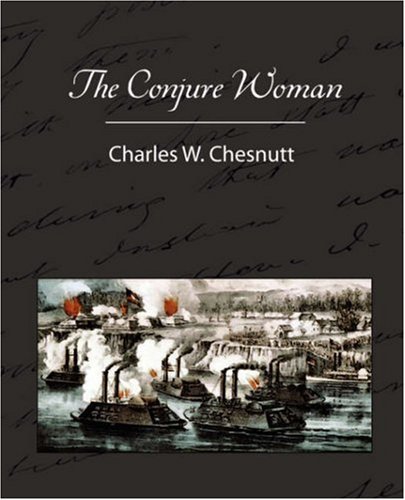
Tell your friends about this item:
The Conjure Woman (Annotated)
Charles Waddell Chesnutt
The Conjure Woman (Annotated)
Charles Waddell Chesnutt
The Extra Things added to the BookAdded details biography of the authorAdded details of characterSummary each chapter is includedAdded index to get quick view and interfaceAbout the book is added
The stories in The Conjure Woman all share the same frame narrative and dueling voices. The narrator is a white Northerner named John who has come to the South because his white wife, named Annie, is in poor health and requires a warmer climate. Also, John wants to own and operate a vineyard. John passes along the "conjure tales" told to him by Uncle Julius McAdoo, an ex-slave who serves as both a trickster figure and a subversive witness. John, who prefaces each tale with a supercilious monologue, is captivated by the pre-Civil War history of the region but skeptical of McAdoo's clever and sometimes crafty accounts, while Annie is more sensitive to lived experience and sometimes glimpses the covert moral in McAdoo's stories.
Each story involves other former slaves from the McAdoo plantation and other nearby plantations. Most of the stories are derived from African American folktales and hoodoo conjuring traditions; others are revisions of tales from Ovid's Metamorphoses. Each story features a conjurer, most notably Aun' Peggy in "Po' Sandy," "Mars Jeems's Nightmare," "Sis' Becky's Pickaninny," and "Hot Foot Hannibal." In "The Conjurer's Revenge" and "The Gray Wolf's Ha'nt," Uncle Julius discusses the activities of free black conjure men.
The Conjure Woman differs from other post-Civil War literature in the Plantation tradition in condemning the plantation regime and eschewing popular racial stereotypes like the magnanimous white slaveholder and the infantile black in need of a caring master. Critics noted that Chesnutt deploys a clichéd or codified structure, with a friendly former slave recounting a story to white Northerners, and creates a familiar impression of antebellum nostalgia. The tales told by Julius are more tragic than wistful and underscore a deceptive naivety and mysticism with a subtle, sly challenge to white authority. Julius contradicts the dominant racial discourse of the late-nineteenth and twentieth centuries, depicting black resistance and survival as well as demonstrating the psychological effects of oppression and slavery. Despite their enslavement, Uncle Julius and other slaves leveraged power in exchange for information, favors, or conjuring, and demonstrate their intelligence through plots of self-gain and sometimes revenge.
In The Art of the Conjure Woman, critic and scholar Richard E. Baldwin argued that Chesnutt is "the ultimate conjure man, hoping that by 'wukking de roots' of the black culture he might be able to work a powerful goopher on white America and lead it to accept the equality of the black."
| Media | Books Paperback Book (Book with soft cover and glued back) |
| Released | September 14, 2020 |
| ISBN13 | 9798686126794 |
| Publishers | INDEPENDENTLY PUBLISHED |
| Pages | 196 |
| Dimensions | 152 × 229 × 11 mm · 267 g |
| Language | English |
More by Charles Waddell Chesnutt
See all of Charles Waddell Chesnutt ( e.g. Paperback Book , Hardcover Book , Book , Audiobook (CD) and MP3-CD )


